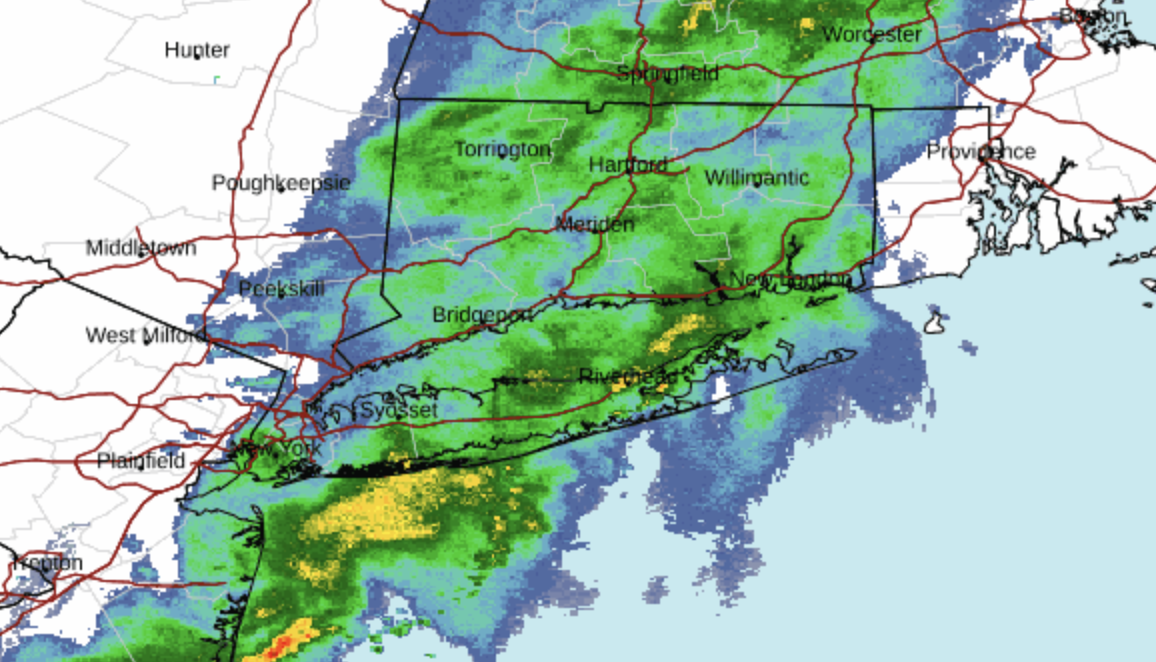Whatever you think of the idea of a highrise cluster in Downtown Brooklyn, you have to worry that the sponsors of the Atlantic Yards project suggest that creating jobs and housing justifies the kind of planning that discourages street life. Among the lowlights of the marathon August 23 "public hearing" on the draft Environmental Impact Statement covering the Atlantic Yards, consider these signs:
Project supporters invoked jobs, healthcare facilities and affordable housing. One said she'd accept skyscraper shadows to get social services and affordable apartments where they're lacking. But what kind of urban environment will the Forest City Ratner plan create?
You heard nothing from supporters about sidewalks, cool retail sites or places for kids to play ball. You heard project opponents warning that the site would close Pacific Street and keep open space between towers, functionally making it into a backyard for condo owners. And you heard no agreement between the camps that you could create jobs and affordable housing while, simultaneously, creating a great public realm. Indeed, the discussion of quality of life hinged on the question of how tall the buildings could get. Even if the buildings in Ratner's proposal all get a ten-story haircut, project opponents warned, this area could become more attractive to gaze at from a terrace than to walk around after a game. Consider:
The plan, in tallying open space near the site, includes Grand Army Plaza, which one testifier called one of the "least accessible and least used" open spaces in the country. (Of course, some people are trying to change that.) It also includes an indoor "urban room" that the developer envisions as a glassed-in atrium with a ticket window.
The plan would close a piece of Pacific Street, making the already lonely walk from Fort Greene to Park Slope even more of a moonscape.
The plan ignores rush-hour traffic, projecting a peak car volume in the first hour of NBA games rather than in the hour before they start.
And it envisions a limo-dropoff lane on Flatbush Avenue which, according to civic groups, would clash with the MTA's potential use of Bus Rapid Transit on that street.
Overall, the plan justifies desolate streets by promising jobs and affordable housing. Isn't that like justifying a team that can't pass by promising lots of slam dunks? And does anybody remember how Team USA did with that strategy in the 2004 Olympics?
Whatever happens from here, project opponents and project supporters will have to share these streets.





